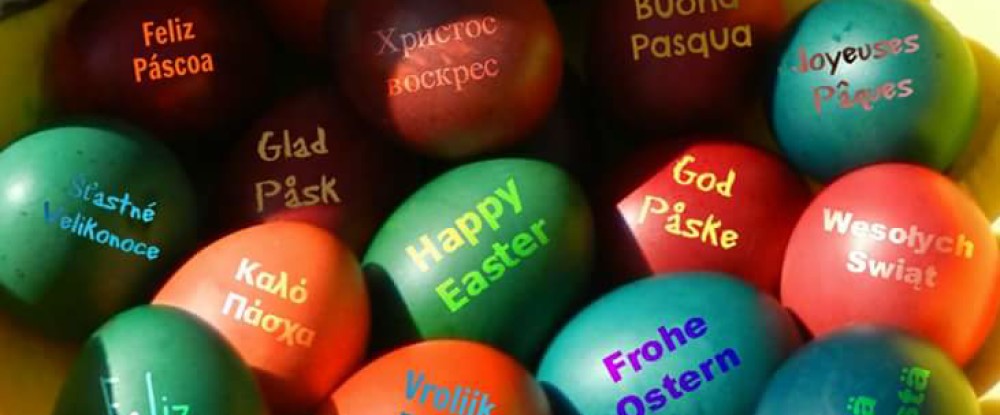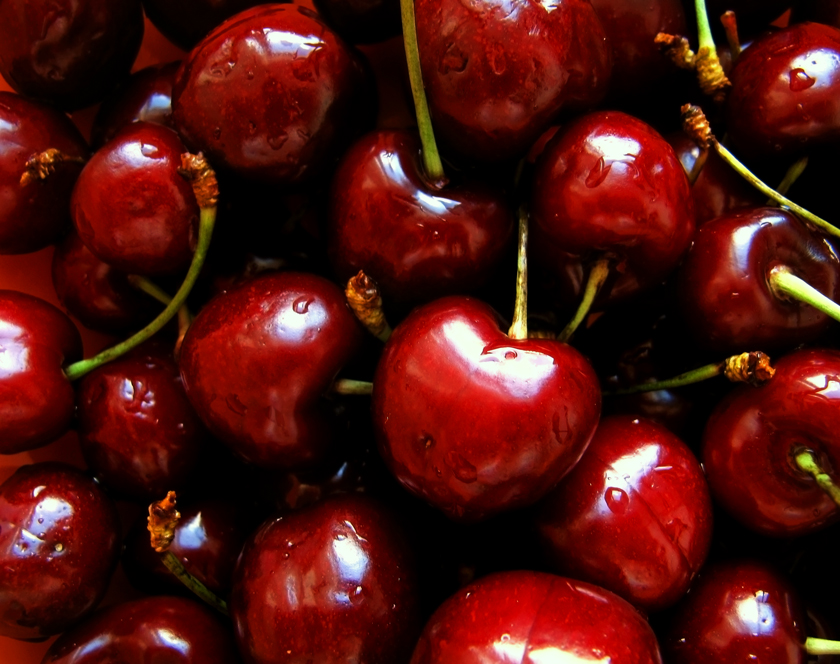Cherries are associated with Venus, water, love, divination, and death. One method to discover how many years of life remain for you is to stand beneath a cherry tree and shake it and count the number of cherries which fall around you, indicating the number of years that remain until your death. Perhaps because of this practice, cherry juice can be used as a substitute for blood in magical recipes.

In the former Czechoslovakia it was customary to cut cherry branches on the Feast of St Barbara on 4 December and bring these into the warmth of the house to have blossom at Christmas. However, the tree of course flowers naturally at or around Easter, especially if Easter is late, and in England, in the Chilterns, some of the abundant blossoms were used to decorate churches at Easter.
A cherry orchard will be certain of having a rich crop if the first ripe cherry is eaten by a woman who has just given birth to her first child. However, another Bohemian tale which brings together the Virgin, cherries, birth and death goes: When a mother loses a child, she eats neither strawberries nor cherries until the day of St. John the Baptist (June 24, the traditional date of Midsummer). It is said that at that time the Virgin goes about heaven giving this fruit to the little children. If a mother has not been self-denying, and has eaten of this fruit, when the Virgin comes to the child of such a one, she says: “Poor child, there isn’t much left for you, your mother ate your share.” So mothers of deceased children abstain from fruit until the Midsummer following the child’s death.
Wild cherry folklore has unusual associations with the cuckoo, whereby the bird has to eat three good meals of cherries before it may stop singing. Another use of cherries in predicting death is a children’s oracular rhyme from Buckinghamshire:
‘Cuckoo, cherry tree,
Good bird tell me,
How many years before I die’,
with the answer being the next number of cuckoo calls the singer heard.

